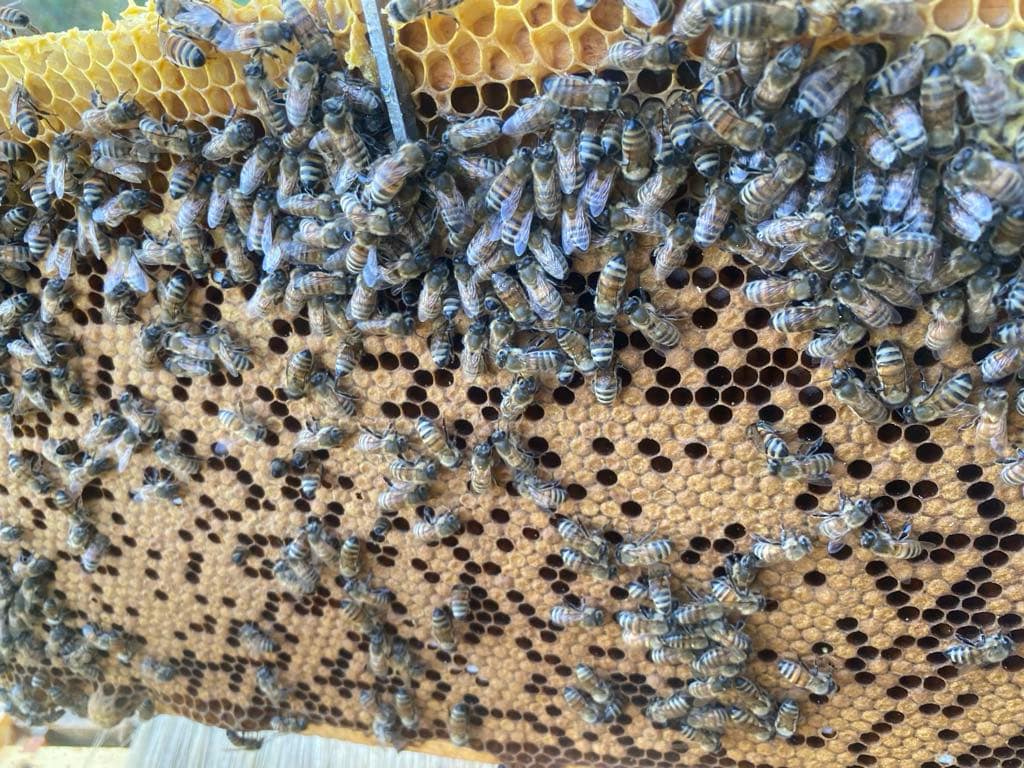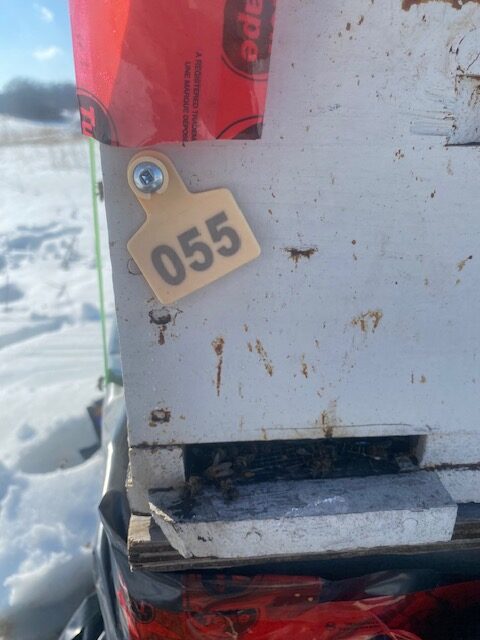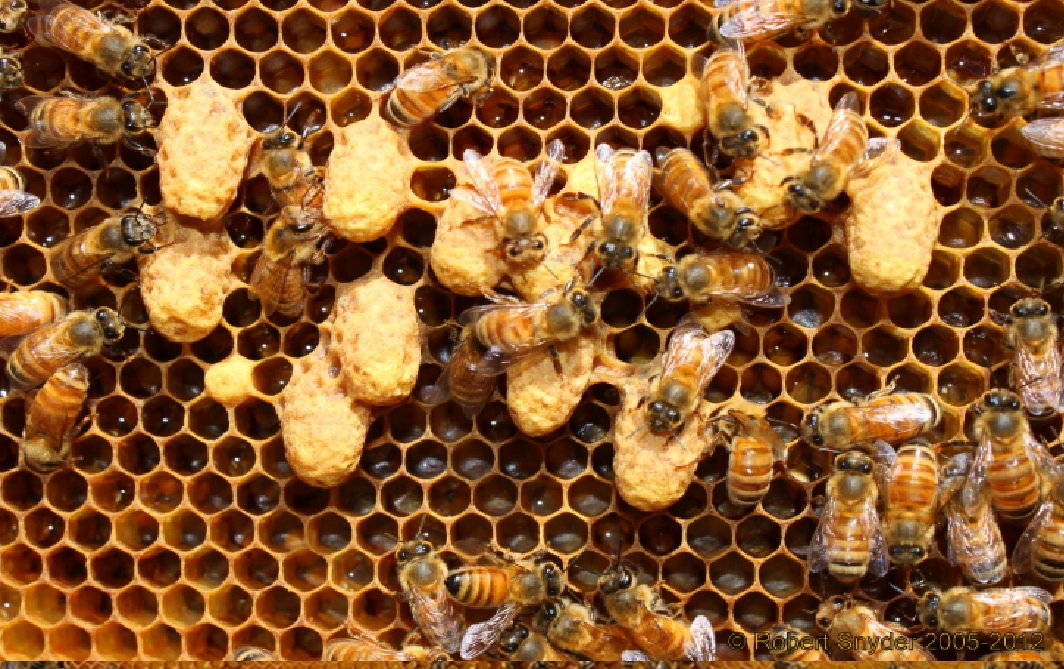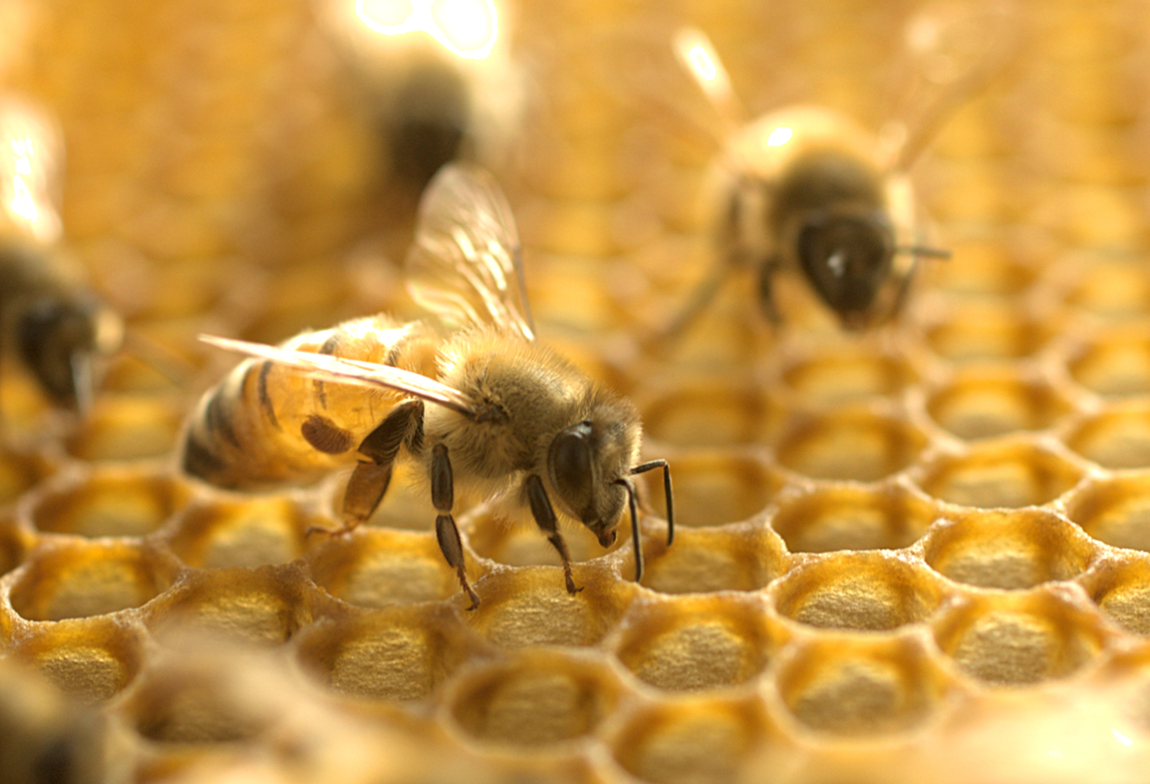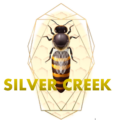Varroa Destructor Virus for New Beekeepers
I remember being totally bewildered as a new beekeeper. I tried to learn about Varroa Destructor Virus , and no one had an answer. When it comes to mentoring new beekeepers there is a cloud of secrecy. I remember being afraid to open my mouth, have an opinion, or even discuss a topic because of fear. “There is no right way of keeping bees.” “Anyone who tells you how to keep bees is wrong.” “Ask 10 beekeepers a question and you get 11 answers.”
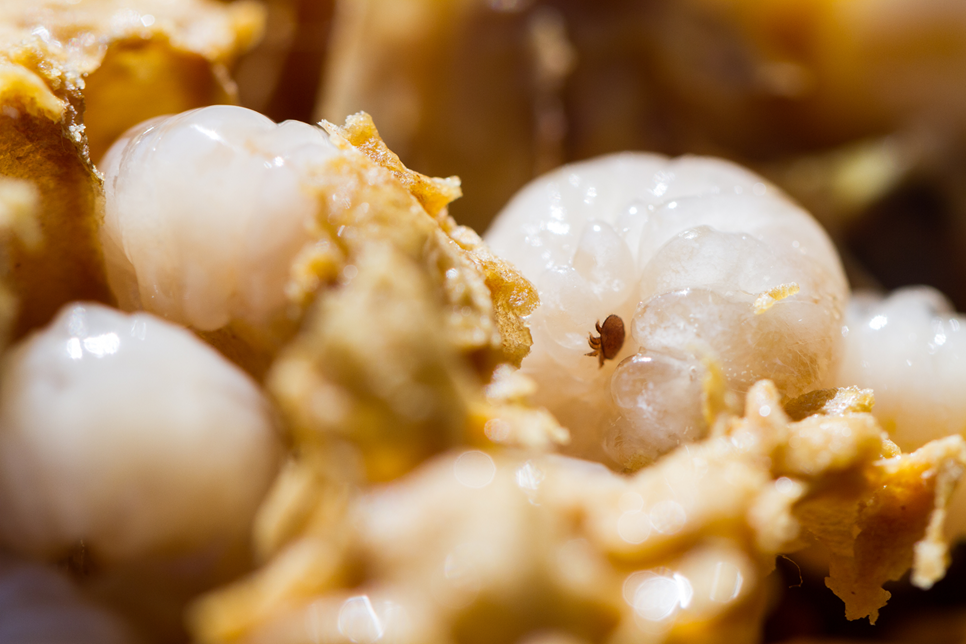
- Can you see varroa on bees? Yes, they are round and shine with stubby legs.
- Are they in every hive? Probably especially in late August and Fall.
- Are treatments expensive? No, especially not when compared with the cost of new bees.
While I now understand why no one would answer questions for me, or tell me what they did, I feel that it is a big reason why new beekeepers do not continue. John and I almost stopped beekeeping a few years back. Nothing we tried worked. There were no answers except the bee books which were more about telling stories than teaching. Or, the books focused on telling WHAT to do in the vaguest method possible, instead of offering tutorials on HOW to do something. Don’t worry if you are in a cloud of confusion and frustration – you will come out the other side.
What is Varroa Destructor Virus?
This is a mite that can kill your hive before you know it is dead. If you seriously want to learn then watch a few YouTube videos on “Varroa Destructor Mite Biology.” You cannot fight an enemy unless you understand it.
Many beekeepers blame varroa mite for all beehive problems, even those caused by the beekeeper’s mistakes. Ask a forum or Facebook group what is wrong with your hive and half the people will ask what your varroa numbers were.
No beekeepers agree on a treatment. Some only treat once or twice a year. Some treat constantly. Others do not treat at all. Everyone has their oppinions. This is a case where I ask what their typical winter survival rates are. If they are not more than 50% I ‘take what they say with a grain of salt’, as the old saying goes.
Beginner Varroa Mite Biology
- A queen bee lays an egg.
- 8 days later a varroa mother enters the cell and waits until the cell is capped.
- The mother mite lays 1 egg which will become a male.
- She will lay an egg every 30 hours which the male will fertilize. She will lay 3-4 eggs. The first is a male. The rest are females.
- 17 days later the 3-4 females will be mature. They will all leave the cell and look for a new cell with a larva.
- The mites will jump on a bee and move around the hive looking for a suitable cell to enter.
- In 17 days 1 mite becomes 5. 17 days later they are 21.
- The mother mite will live about 27 days, living long enough to reproduce 2x.
- If there is no brood (bee larva) then the queen can live several months.
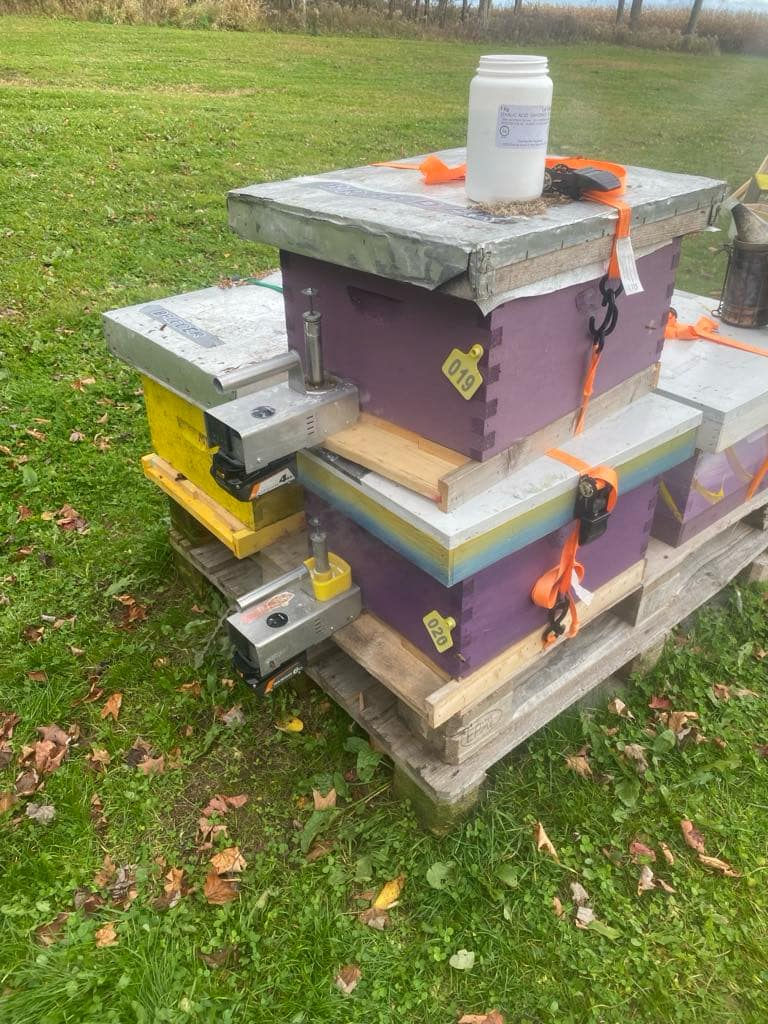
In our yard we take the threat of varroa mites seriously. John has two InstaVap(tm). Shown is a small container of oxalic acid that we refill from the large container.
We vape’ year round, because mites do not die in the winter. When the maple syrup run slows down, then we throw in another treatment.
It is important to mix up treatments so you do not accidentally create a treatment resistant mite that will spread to other apiaries.
We do not wait until the varroa population is to dangerous levels. We believe the danger is already done. Instead, we treat, but also test to make sure the treatment works.
Testing or Treating or Both
Varroa will always be in your hives. Some beekeeper in your area is not treating for varroa so your bees are picking them up. Varroa also lives on plants and your bees can pick them up there.
There are three ways to test. A powdered sugar shake, a sticky board, and an alcohol shake. New beekeepers have a trouble with the last one because it kills bees. But, if you don’t test then you will not know when to treat.
After a decade we have learned a few things about varroa:
- Varroa breeds inside a cell with a bee larva. One ‘mother’ can produce 3 daughters. By the time your test says to treat then it is too late. The damage is done.
- A test may show you have 3 varroa mite on 300 bees can equal 400 in a hive. That doesn’t sound bad. But in 17 days there are 1600, and 17 days after that there are almost 7000 mites.
- By the time your test shows a positive, the damage is done. The larva have been compromised because the mites are feeding on the larva.
- Mites pass on bacteria and viruses to the bees. These can destroy a hive.
- Bees will try to kill the mites by uncapping cells and removing infected larva. This will reduce the number of bees in your hive.
- The sick bees, or some bees who have mites on them may leave the hive to save their sisters, further reducing the population of the hive.
- Bees will abscond (leave a hive) if they feel it is an unsuitable environment.
- There are several ways to treat for mites
- Reactive Method means that you wait until the mite population is growing and then try to treat.
- Proactive Method means following the seasons and treating to prevent mites while the population is still low enough to prevent a build up.
- There are some facts and beliefs when using treatments.
- Do NOT use herbs or other treatments on your hives that are not approved. When it comes to natural remedies the problem is that ‘toxicity is in the dose.’ No one knows what the safe amount is. And, there is no way to measure how these chemicals contaminate the honey.
- Formic Pro – Natural Occurring Chemical
- This is the only treatment that you can use while honey supers are on. (The Super is the big box. The lower box is the brood box, the one on top is called the honey Super. The big boxes can also be called ‘deeps’.)
- It is the only treatment that works below the capped cells.
- We tried using both methods, 2 strips and 4. We found that the 2 strips didn’t work in our hives. The 4 of the white pads worked, but for some reason, they never worked in the fall.
- Formic pro will kill queens. Randy Oliver (One of the foremost beekeepers and biologists who breeds the Oliveras Queens in California. www.Scientific Beekeeping.com. believes that if you do not take the back of the wrapper off, and keep the pad covered, then there will be no ‘flash’ which will reduce the chances of losing your queen, but may reduce the effectiveness. This means that when you open the silver envelope and pull out the white pad, lay it over the brood frames in your hive. The first 24 hours releases most of the formic acid. The bees especially the queen can not handle this. Click to Read More: Formic Pro in Hot Weather — Slowing the Rate of Vapor Release – Scientific Beekeeping
- We use this around the first of June.
- This can harm your bees if it is too hot out. Read the instructions.
- Oxalic Acid – Natural Occurring Chemical
- Can be used in a vaporizer or a drip. A lot of beekeepers we know who tried the wand vaporizers said they do not work because it is too hard to keep the powder at the right temperature. If the temp is below the pre-set 230C the white powder will not become a vapour. If the temp is too high the white powder will burn. This is why we do not recommend the wands that you can buy on amazon.
- Instavap is an excellent way to create a fog, but it is expensive. Plus, you need a full-face breathing mask, and protective clothing. InstantVap – YouTube
- An easier way to deliver this chemical is to use the drip method. You only need a syringe that you can buy at any feed store, or off of amazon.
- It doesn’t work under the capped cells.
- Our method is to do 3 days in a row to kill 99% of the mites. Then, we repeat within 7 days to kill the mites that have hatched. When we notice the numbers of mites rising then we treat for 3 days again.
- Several of beekeepers we know treat their hives every 4 days.
- We use this year-round. Mites can live through the winter, so we treat in the winter.
- You cannot use this with honey supers on. We cannot treat the production hives as much as the breeding hives because of the honey in the hive. (see below)
- There is some people who say using this too often can burn the bees tongues.
- Apivar
- This is a synthetic chemical. The consensus believed by a lot of beekeepers is that this chemical works best in the spring. We have tried it in the fall with no success.
- Formic is not the same as Formic Pro.
- You cannot use this with honey supers (boxes) on.
- We have never used it, but many commercial beekeepers use this.
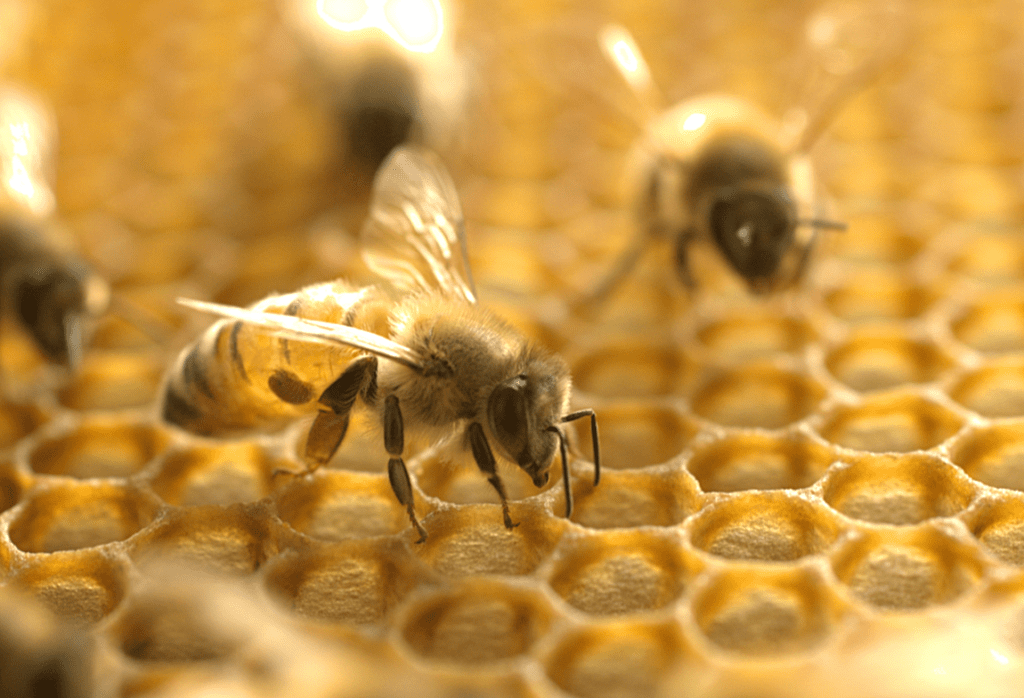
Can you see the varroa mite on this bee?
This is a young nurse bee, you can tell by how smooth and perfect her wings are, and by how fuzzy her thorax (behind her head) is.
Four Season Varroa Populations
Winter
The mites can overwinter, but you cannot open a hive to treat unless you use the vaporizing method. The brood break keeps the mites from increasing, but may do very little to decrease the mites.
The problem is that the queens keep laying early in the year (around March in our area). This gives the mites a chance to reproduce which is why many people start to treat in April, or in May.
Spring
In the spring the bees will often ‘out breed’ the mites. We still like to treat at the beginning of June to knock down the population.
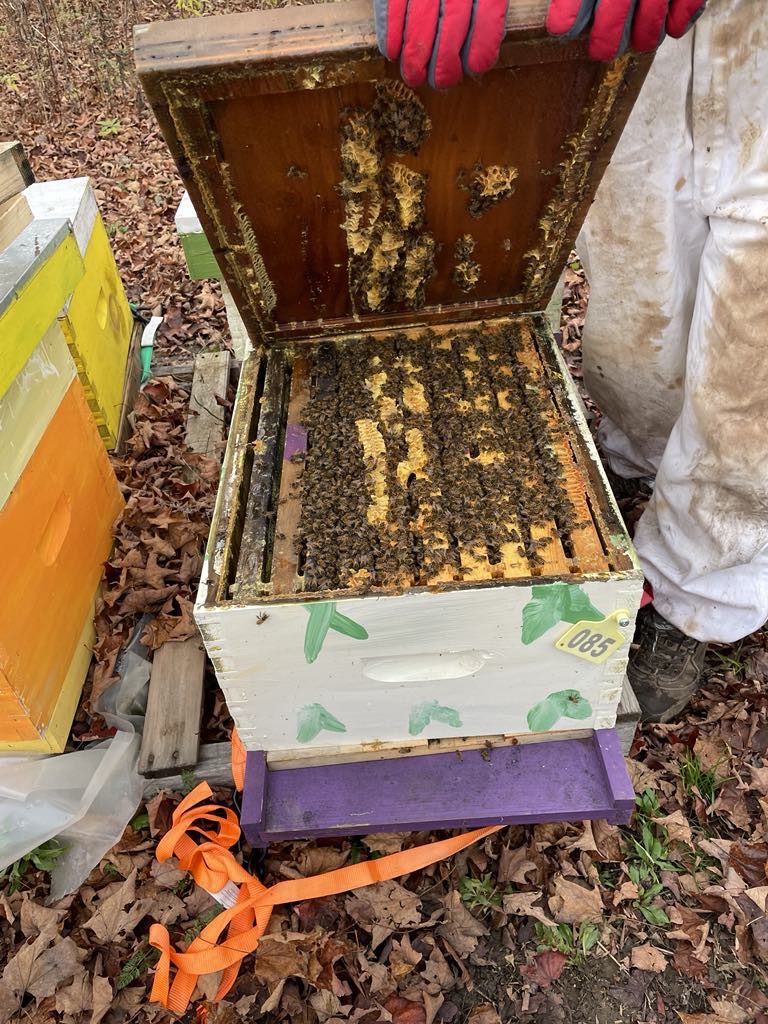
Here is a hive December 2024. It has 8 frames of bees. We never had bees this strong until we started to use the oxalic acid vaporizer on a regular basis.
The mites were so bad that I had counts of 7 – 10 in my alcohol washes from September till December.
Whether we ‘did any good’ or whether it is too late, we will tell you next spring. All we can tell you for sure is that by treating all fall we enabled these bees to outbreed these mites.
We have bees that lay right into November, which is good for our area which is warm until after Christmas, and starts warming up mid March.
Summer
July is a hard month. You cannot treat with Formic Pro because it is too hot. But, your hives have honey supers on them, so you cannot use other treatments.
In August the robbing starts. This causes what beekeepers refer to as ‘mite bombs’. This is where bees that come to rob out your hive leave mites behind.
It is important that the August bees are healthy because your queen is starting to lay special ‘winter bees.’
What do you do? We take our honey supers off mid august and treat heavily. Any honey the bees bring in for the rest of the year will be given to the bees. We lose honey, but we feel that we protect our bees.
The problem is that there is no one, right, way to treat. You may find that our method is useless in your area. We know this is true. We have bees in our home yard, and bees 30 minutes away. Both yards are treated completely differently.
What next?
Step #1 Choose a strategy
- Treat on a regular pattern, but test to make sure it is working.
- Treat only two times a year.
- Try ‘treatment free’ management.
- Test regularily and treat when you get above 4 mites in 300.
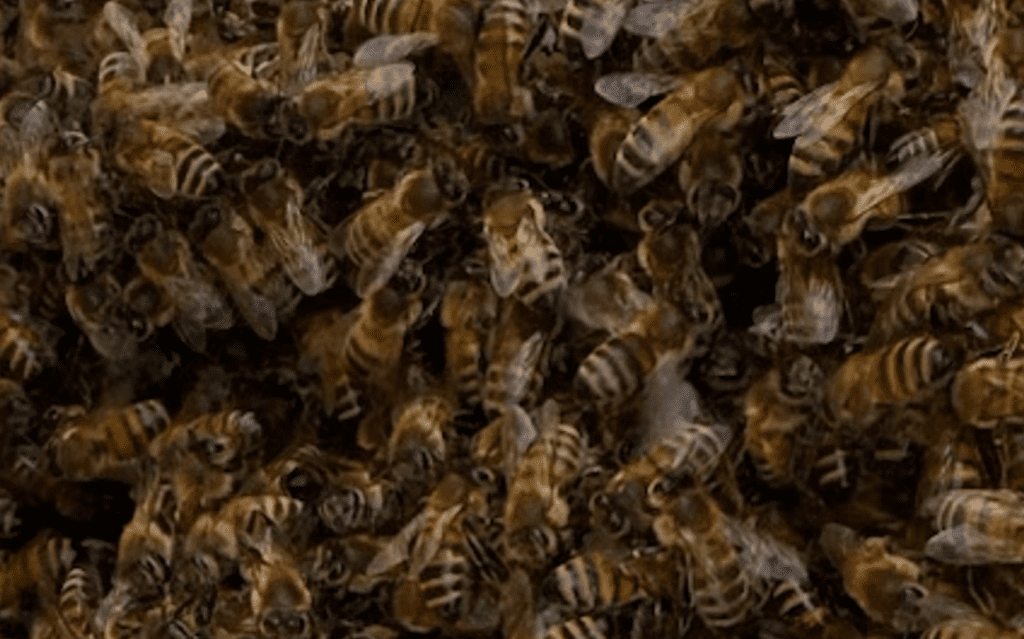
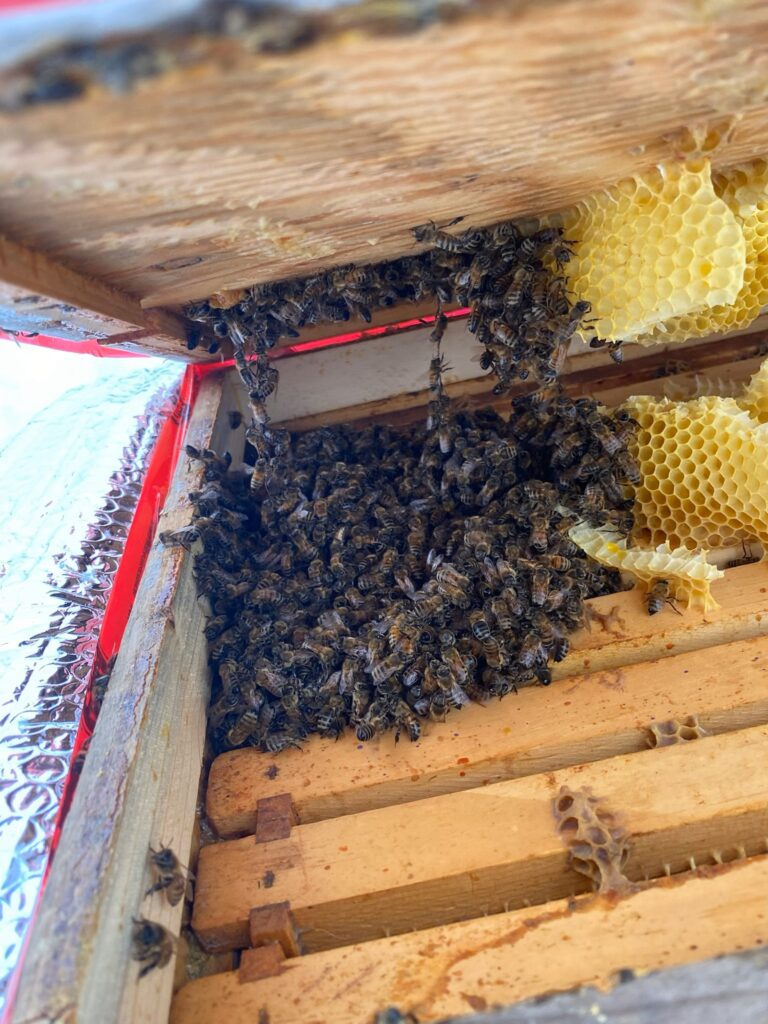
Above is a nice winter cluster in the top of a hive in Mid January. I blew up the picture looking for mites, but didn’t see any. We will still use the Instavap once in January, once in February, and then every two weeks when the bees start to fly.
Genetics
The very top image shows a frame of capped brood that has empty cells. The nurse bees sensed there was something wrong (varroa) and uncapped, and removed the larva. This is something bee breeders are selecting for, to make your job of protecting your hive easier.
Terms Used in This Article
Deep or Super: The largest box. If the box is below the queen excluder, where the queen is, then it is a brood box. If it is above the queen excluder, it is a honey super.
Production Hive – A hive whose sole purpose is to make Honey.
Double Nuc box – a box divided into 2 sections. Also called a Palmer hive, or a brood factory.
Breeder Hive – a hive that is kept to produce other hives.
Nurse Bees – As soon as a bee is born, it spends the first few days as a nurse bee, then it makes wax, then it is a guard bee, then a forager.
Instavap – a battery powered, hand held machine that is used to turn oxalic acid into a vapour.
Flash – When a formic pro package is opened the chemical is very strong – you will only breath it in once! This flash of chemicals can kill the queen, brood etc. Randy Oliver suggests leaving something covering the top of the pad to reduce the flash.
Cluster – In the winter the bees clump together to stay warm, and to keep brood warm.
Dearth – Robbing – The Dearth is when the flowers stop creating nectar and the bees are hungry. When this happens they start robbing other hives for their protein and honey.

